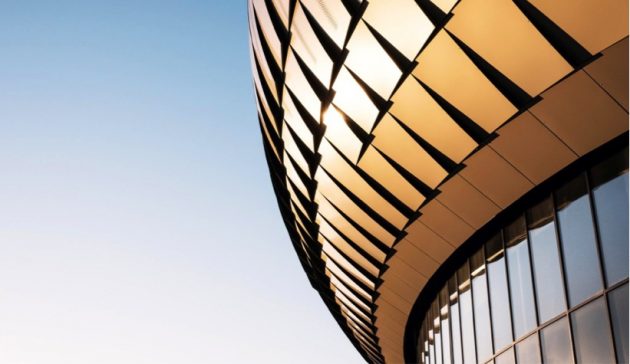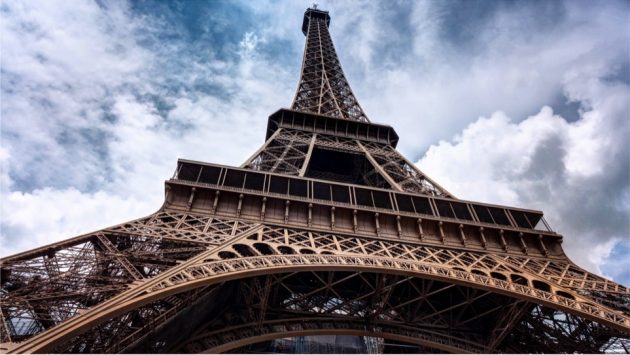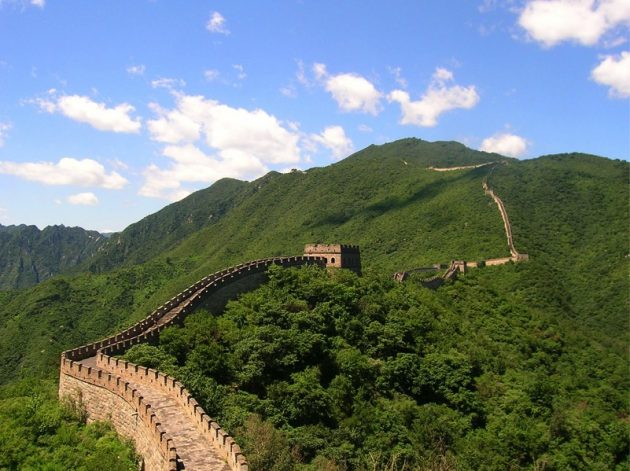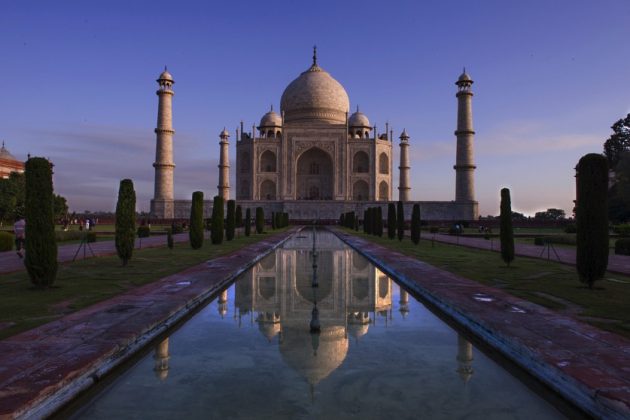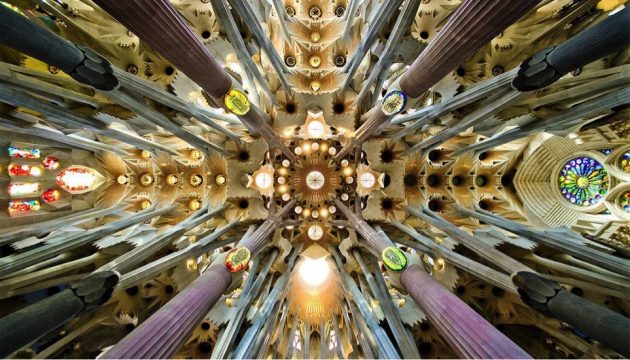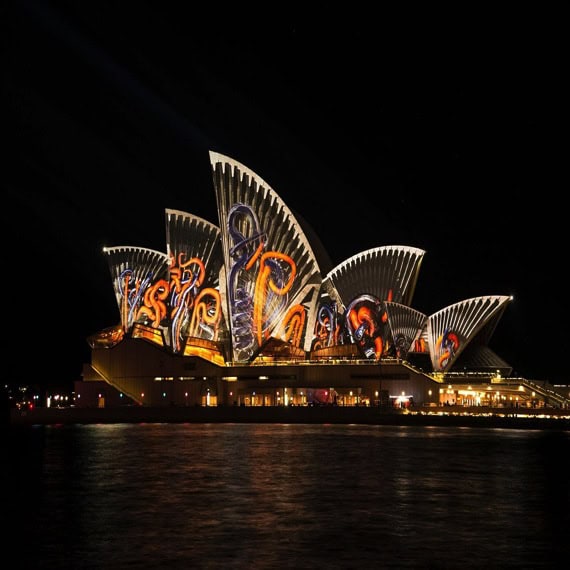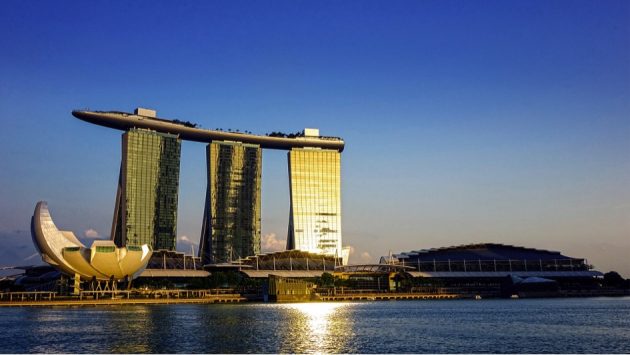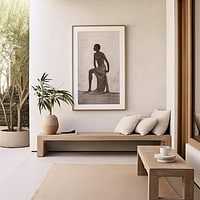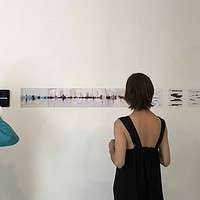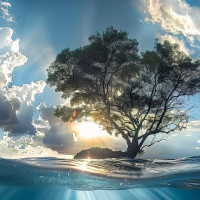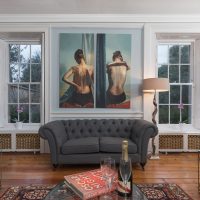A great first step in starting a career in architectural photography is to travel the world. It’s an opportunity to snap photos of amazing and brilliantly designed structures with different architectural styles. And by photographing unique structures around the world, you get a glimpse of the history and culture of the place you’re visiting through your lens.
Before traveling, you need to have the right equipment for the job. Make sure to bring a DSLR camera like the Canon 5DS R that produces ultra-high image resolution and amazing detail for breathtaking architectural photos.
Once you have your photography gear ready, it’s time to start hunting for locations where you can practice shooting amazing architectural wonders. Here are seven of the awesome buildings and structures in the world that make some of the best subjects for photographs:
EIFFEL TOWER
The famous Eiffel Tower was designed by Gustave Eiffel, the same person who designed the spine of the Statue of Liberty in New York City. It was built to represent Paris in the Universal Exposition of 1889. It was supposed to be demolished in 1909 but was repurposed as a radio antenna.
Made by 300 workers, this 1,063-foot structure is made up of 18,032 pieces of iron and 2.5 rivets. Known as the symbol of love, the Eiffel Tower is indeed one of the picturesque landmarks not only in Paris but in the whole world.
While its beauty is already enchanting from afar, it’s better if you get as close as possible to the tower, so you can show its details through your photos. Take a photo of one of its stands or go under it—such an angle will make Eiffel look more imposing on your shots.
BURJ KHALIFA
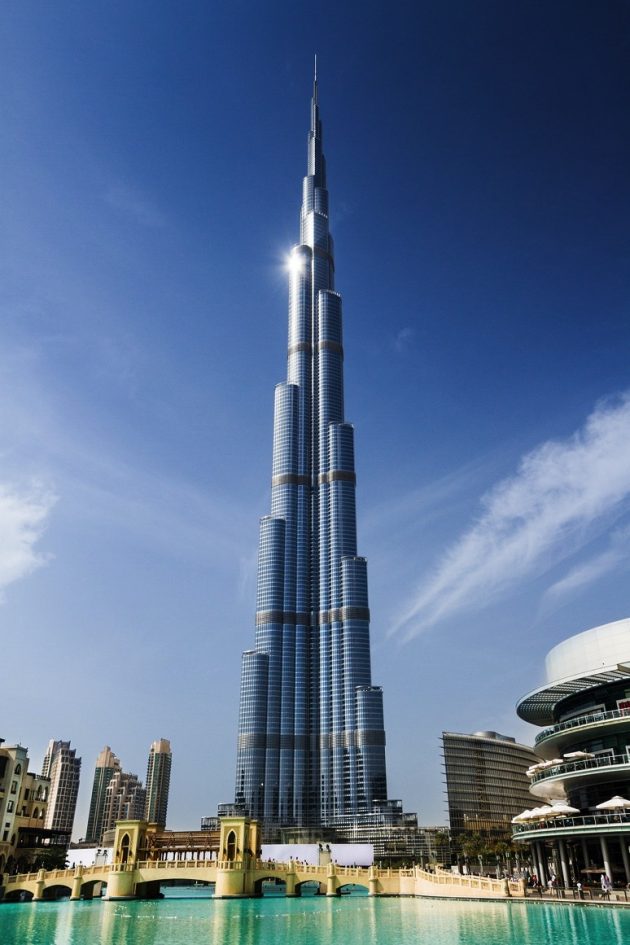
Currently the world’s tallest building, the Burj Khalifa is certainly an architectural wonder that photographers shouldn’t miss.
Constructed on January 6, 2009 and opened six years after, the 2,716.5-foot building is made of aluminum, glass, steel, and reinforced concrete. This record-breaking building has 163 floors with an observation deck on the 124th floor. It’s next to Dubai Mall, the world’s largest shopping mall, which boasts a spectacular underwater zoo.
The Burj Khalifa has stunning elongated glass that can be used to your advantage. Take a photo of the building from the ground level to emphasize its towering height. You can also try to stay on a roof deck where the Burj Khalifa can stand out from the rest of the buildings, giving justice to its majestic presence.
GREAT WALL OF CHINA
A UNESCO World Heritage site, the Great Wall of China crosses nine provinces in China namely Liaoning, Hebei, Tianjin, Beijing, Inner Mongolia, Shanxi, Shaanxi, Ningxia, and Gansu.
Back in the Qin Dynasty, sticky rice was used to bind together the bricks of the Great Wall, which took more than 1,800 years to build. This 21,196.5-kilometer wall was built by convicted Chinese people more than 2,300 years ago. It was also believed that 400,000 of them died during the construction of this now iconic structure.
For the best photographic spot, go to the Jiankou section of the Great Wall that’s popular for its captivating beauty (especially in mid-April when almond and peach flowers bloom) and steep mountains.
Since the most striking feature of the Great Wall of China is its tremendous length, it’s best if you take advantage of the leading lines, a composition technique that makes it easy for the viewer’s eye to follow through the various elements of the photo.
TAJ MAHAL
The world-famous Taj Mahal is an ivory-white marble mausoleum designed by chief architect Ustad Ahmad Lahauri. It serves as the final resting place of Emperor Shah Jahan’s wife, Arjumand Banu Begum or famously known as Mumtaz Mahal.
While the tomb of his adored wife lies in the center of the Taj Mahal’s cryptic place, Shah Jahan’s is on the west-of-center resting place.
Taj Mahal is built with everything symmetrical on the outside. It also creates an illusion of looking humongous from afar but smaller up close. When shooting Taj Mahal, place your camera at the center, let the path lead the viewer’s eyes to the iconic structure with the water mirroring its beauty. For a more stunning photo, include in your frame the small pond in the front and center of the place.
LA SAGRADA FAMILÍA
Photo by SBA73 / CC BY-SA 2.0
In Barcelona, Spain, La Sagrada Familía is a must-photograph site. It’s a church designed by world-renowned architect Antoni Gaudí who also designed seven nature-inspired and unique structures sprinkled across Barcelona.
The groundbreaking for La Sagrada Familía took place in 1882. Unfortunately, Gaudí died in 1926 with the church only 25% done. Until now, it’s still under construction until 2026, the centennial year of its architect’s death. Once the church is completed, it will have taken longer to built than the Pyramids of Egypt and 50 years shorter than the Great Wall of China.
The facade and exterior of La Sagrada Familía are stunningly crafted, just as the interior is breathtakingly amazing. When composing a shot of this church, look for leading lines and symmetrical views. Make sure to be at the center and don’t leave out any single detail. Manually play with the ISO, shutter speed, and aperture to highlight the colorful mosaic windows of the church.
SYDNEY OPERA HOUSE
Considered one of the top tourist spots in Sydney, Australia, the Sydney Opera House is where theater arts and modern architecture meet. Out of the 233 submitted designs for the Opera House, Jørn Utzon’s 20th-century Modern Expressionism architectural design stood out. Construction started in 1959, and the building was opened in 1973. It houses the Concert Hall Grand Organ, the largest mechanical organ in the world, with 10,154 pipes that took 10 years to build.
The Sydney Opera House is known for its majestic light designs that are flashed on the arched roofs. If you happen to visit at a time that the roof is decorated with graphics, grab the photographic opportunity. Use a telephoto lens and shoot from afar. This can eliminate the unnecessary details that will steal the show at the Opera House.
MARINA BAY SANDS
Marina Bay Sands in Singapore is a 5-star luxury resort that’s dubbed as the most expensive stand-alone integrated resort property in the world with S$8 billion final estimated cost.
Designed by Moshe Safdie and considered one of the top 40 largest hotels in the world, this 55-floor building features 2,561 rooms, a 1.3 million-square-foot exhibition center, an 800,000-square-foot mall known as The Shoppes at Marina Bay Sands, and the world’s largest atrium casino with 500 tables and 1,600 slot machines. Sitting on top of it is a 340-meter long SkyPark garden that can accommodate 3,900 people, as well as a stunning 150-meter infinity pool, which is considered as the world’s longest elevated pool.
It’s best if you take a photo of the luxurious hotel in the Golden Hours (just after sunrise and just before sunset). Since the whole structure is covered in glass, it will look golden and expensive than it already is.
Architectural photography isn’t just about having souvenirs of the iconic landmarks from various parts of the world. It’s also a means of showing to people a different perspective of the structure by highlighting its eye-catching details. Time to create your “must-photograph” bucket list, start your journey, and click away!

